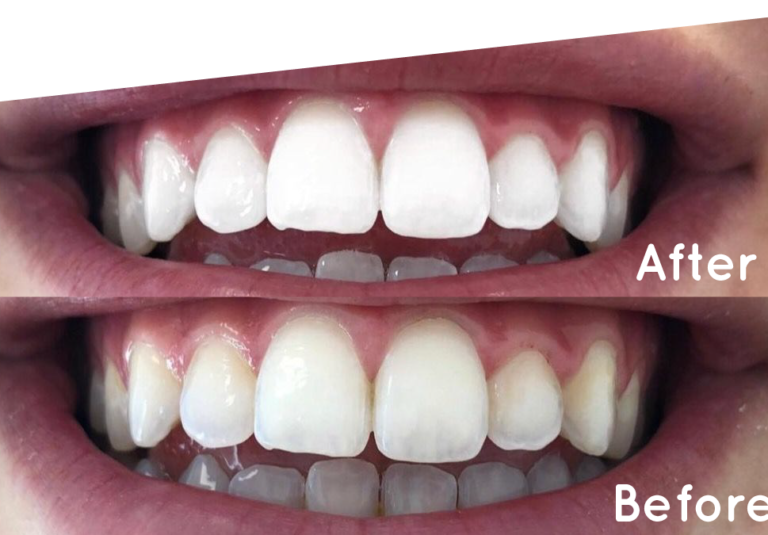Laser teeth whitening offers fast, dramatic results—often brightening teeth by several shades in just one session. But while the immediate transformation is exciting, the real key to lasting results lies in your aftercare routine.
Without proper post-treatment care, stains can return quickly, especially if you consume dark-colored foods or beverages, smoke, or neglect your oral hygiene. Fortunately, with a few mindful steps, you can keep your smile looking radiant for months—or even years.
Here’s how to care for your teeth after laser whitening and make your results last as long as possible.
What Happens After Laser Whitening?
During a laser whitening session, your dentist applies a powerful hydrogen peroxide gel that’s activated with a laser light. This breaks down deep-set stains within the enamel. However, the whitening process leaves your enamel temporarily porous and vulnerable to staining agents, particularly within the first 24–48 hours.
That’s why immediate post-care is critical.
The First 48 Hours: The “White Diet”
🍽️ Stick to the “White Diet”
For the first 2 days after treatment, avoid anything that could stain your teeth. Think of it as the “white diet” — if it could stain a white shirt, it can stain your teeth.
Foods to Avoid:
- Coffee and tea
- Red wine
- Soda and colored sports drinks
- Tomato-based sauces
- Soy sauce and curry
- Berries (blueberries, blackberries, etc.)
- Beets and dark-colored vegetables
Foods You Can Eat:
- Chicken, turkey, white fish
- White rice, potatoes, pasta with white sauce
- Bananas, apples (peeled)
- Egg whites
- Milk and yogurt
- Cauliflower, mushrooms, and white beans
🥤 Skip Smoking and Alcohol
Nicotine and alcohol—especially dark spirits like red wine and whiskey—can undo your results quickly. Ideally, avoid smoking for as long as possible, but at minimum, wait 48 hours post-treatment.
Long-Term Care Tips to Maintain Whitening Results
🦷 1. Maintain Excellent Oral Hygiene
Brush at least twice daily and floss once a day to remove plaque that can attract stains.
Pro tip: Use a whitening toothpaste with fluoride once or twice a week to maintain brightness—but don’t overuse, as some can be abrasive.
🪥 2. Use an Electric Toothbrush
Electric toothbrushes provide a deeper clean than manual brushes, helping prevent surface stains and buildup.
🧊 3. Rinse After Eating or Drinking
If you consume staining foods or drinks, rinse your mouth with water immediately afterward. This dilutes pigments and reduces the risk of enamel staining.
🥤 4. Use a Straw
Drinking coffee, tea, or soda through a straw (especially a reusable metal or silicone one) minimizes contact with the front of your teeth.
🪞 5. Schedule Regular Dental Cleanings
Visit your dentist every 6 months (or as recommended) for professional cleanings. Plaque and tartar can trap stains, dulling your results.
🧴 6. Consider Touch-Up Treatments
Laser whitening isn’t permanent, especially if your lifestyle includes staining habits. Touch-up treatments every 6 to 12 months can help maintain your ideal shade.
Your dentist may also offer:
- Take-home whitening trays
- Whitening pens or gels for small touch-ups
- Customized maintenance plans
🚭 7. Reduce Smoking or Quit
Smoking is one of the fastest ways to reverse whitening results. Even occasional use can reintroduce yellow and brown discoloration. Reducing or quitting significantly extends the lifespan of your whitening.
🌡️ 8. Avoid Extreme Temperature Foods
Directly after whitening, avoid consuming extremely hot or cold foods that may increase sensitivity. Over time, protecting your enamel from stress helps maintain your results and prevent micro-damage.
What If Your Teeth Start to Fade?
It’s normal for laser whitening results to gradually fade over time, especially without proper care. If you notice a return of discoloration:
- Evaluate your habits: Are you drinking more coffee, wine, or soda than before?
- Boost your routine: Add a whitening toothpaste, switch to an electric brush, and rinse after meals.
- Ask your dentist: You may benefit from a touch-up session or customized whitening trays.
Final Thoughts: Your Smile, Your Investment
Laser teeth whitening is a powerful cosmetic enhancement, but it’s only as effective as your aftercare. With just a little daily effort, you can extend the brightness of your smile, reduce the need for frequent touch-ups, and protect your investment in your appearance.




